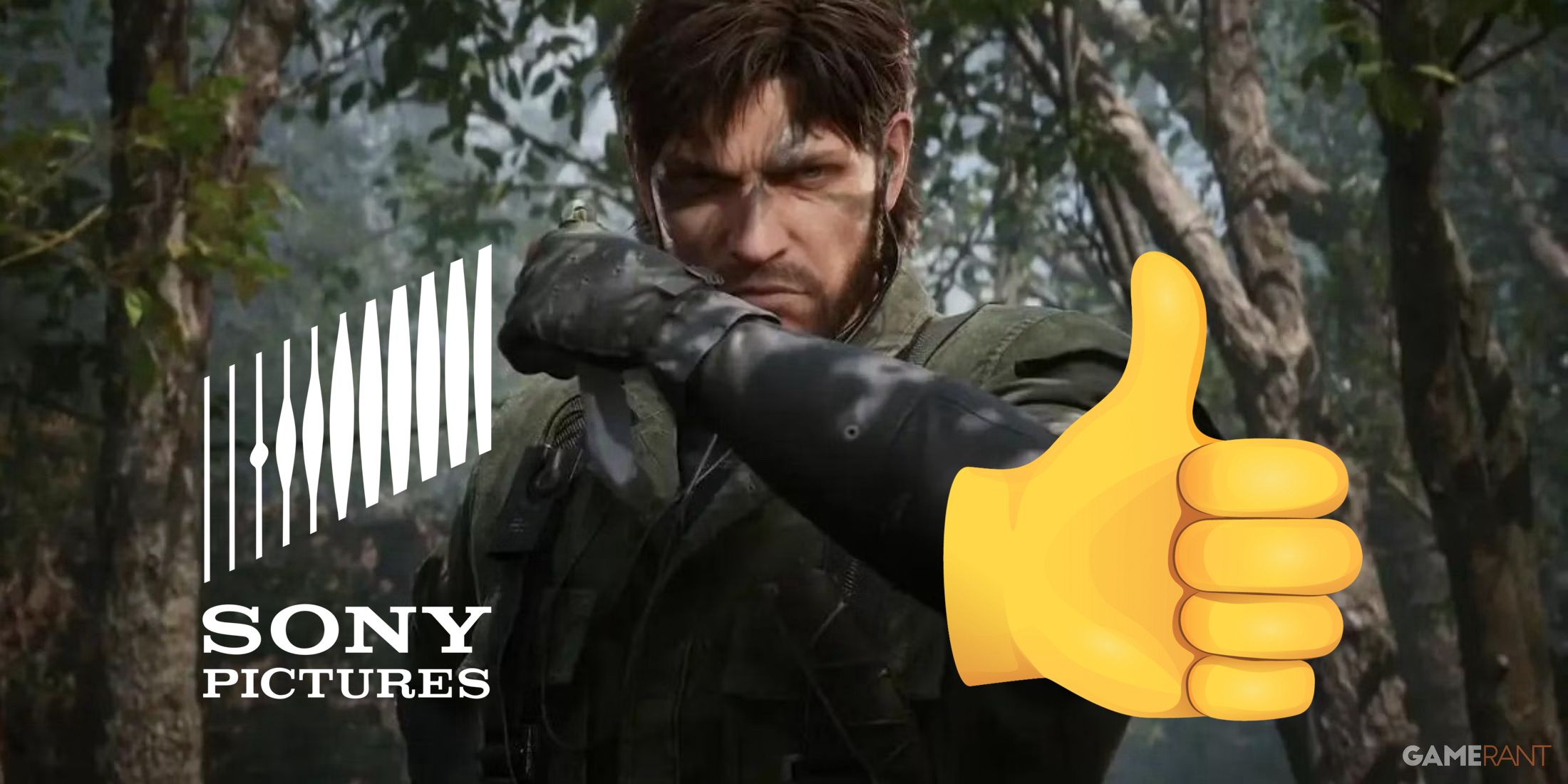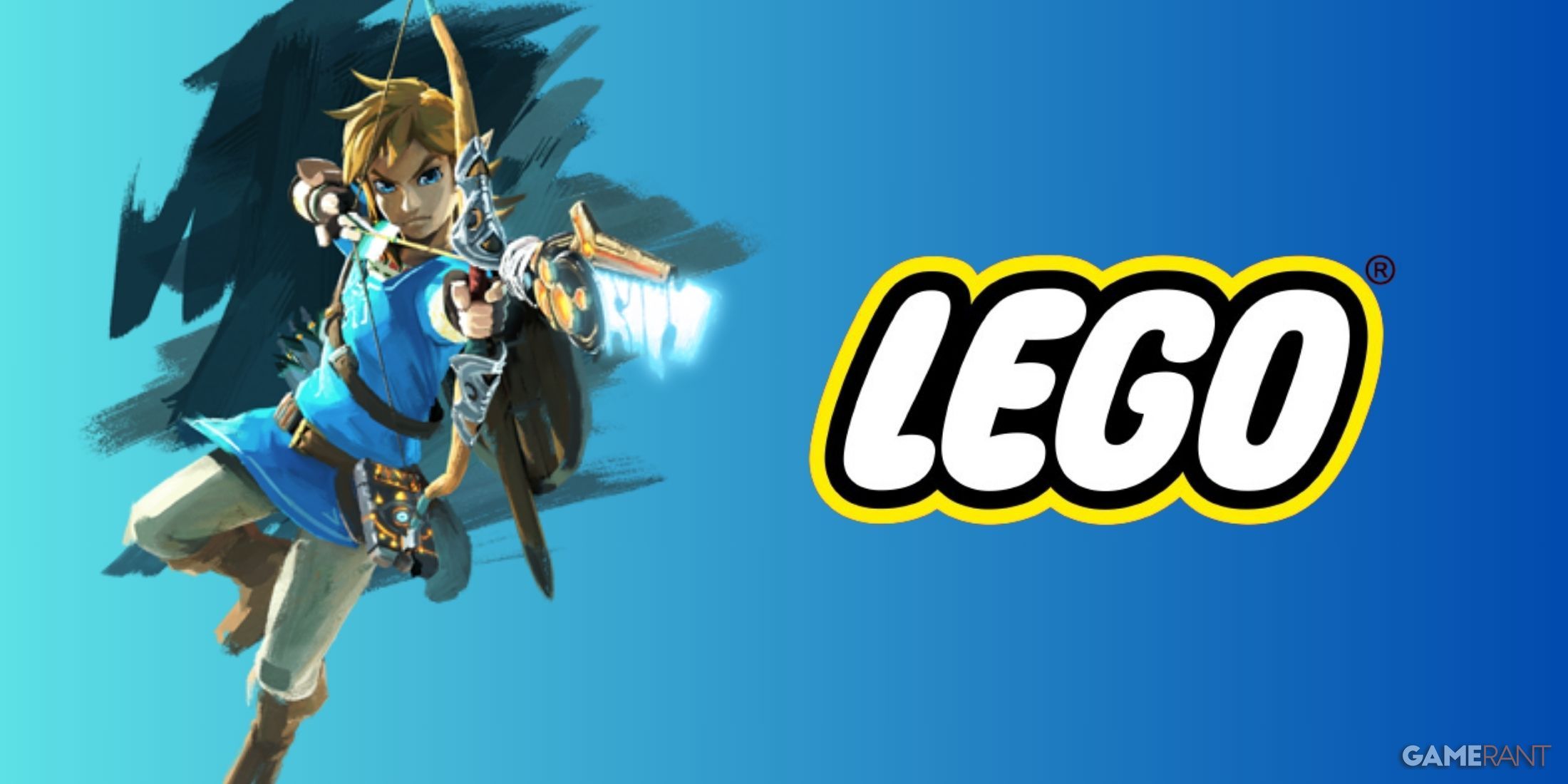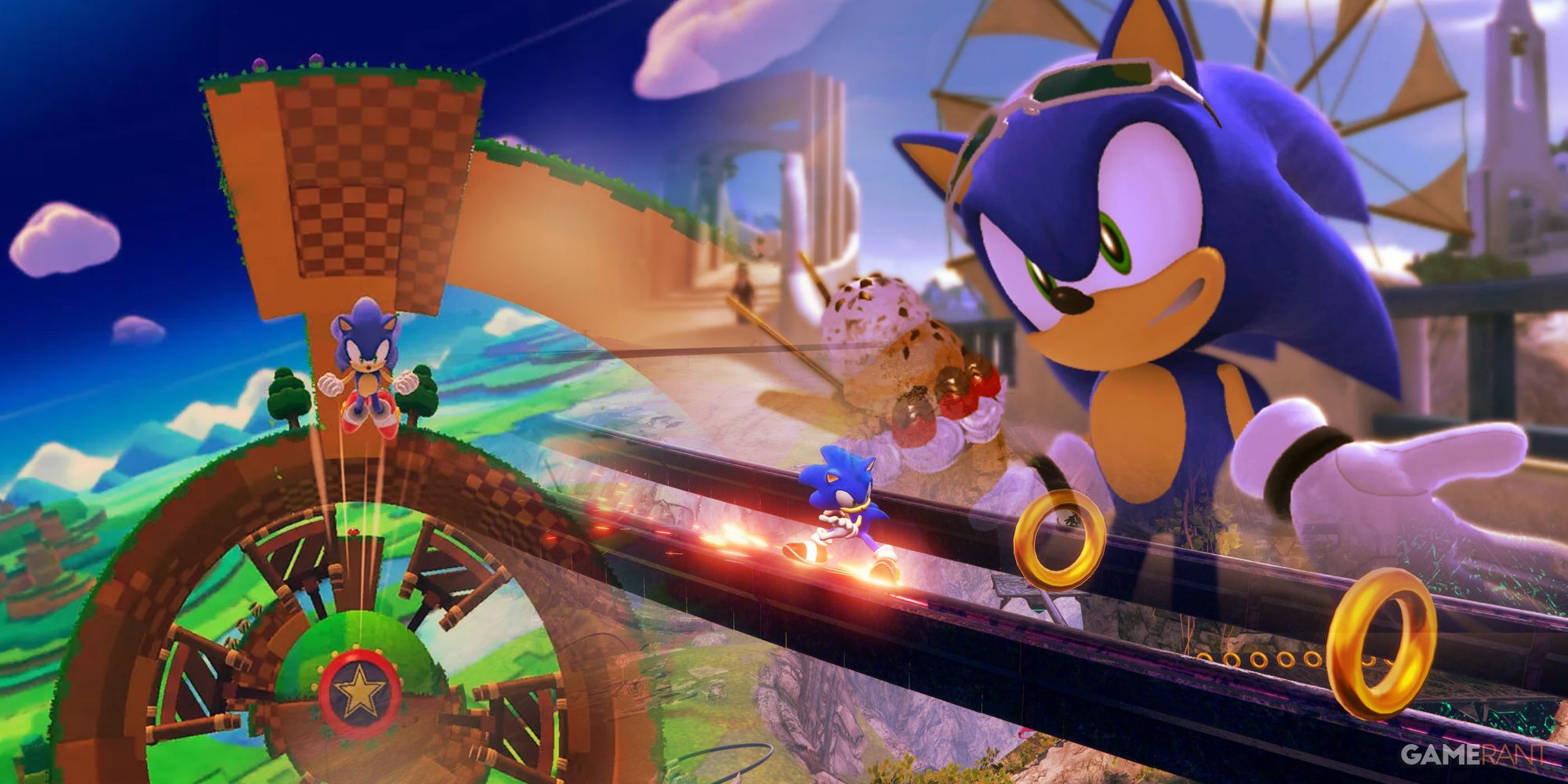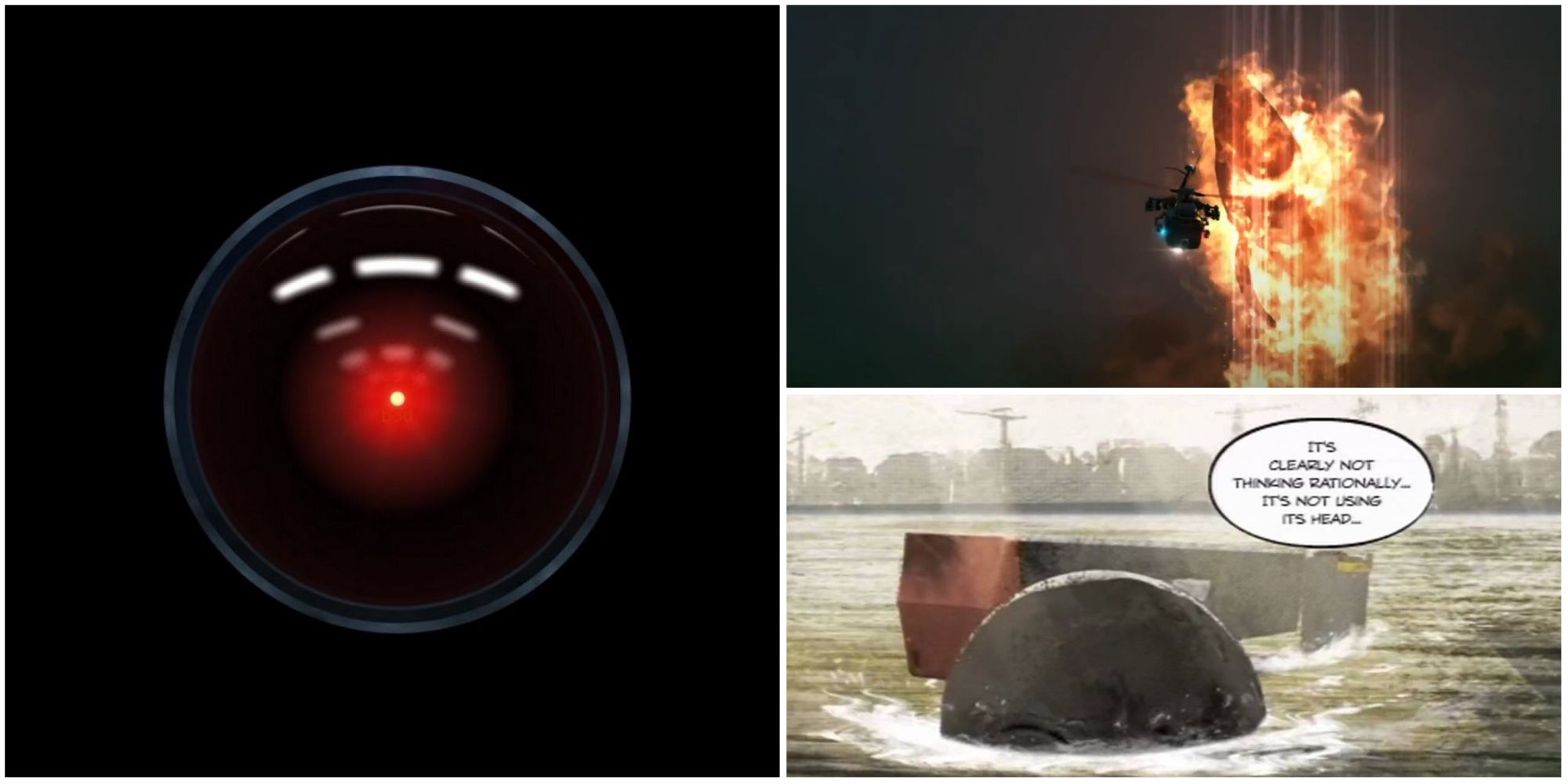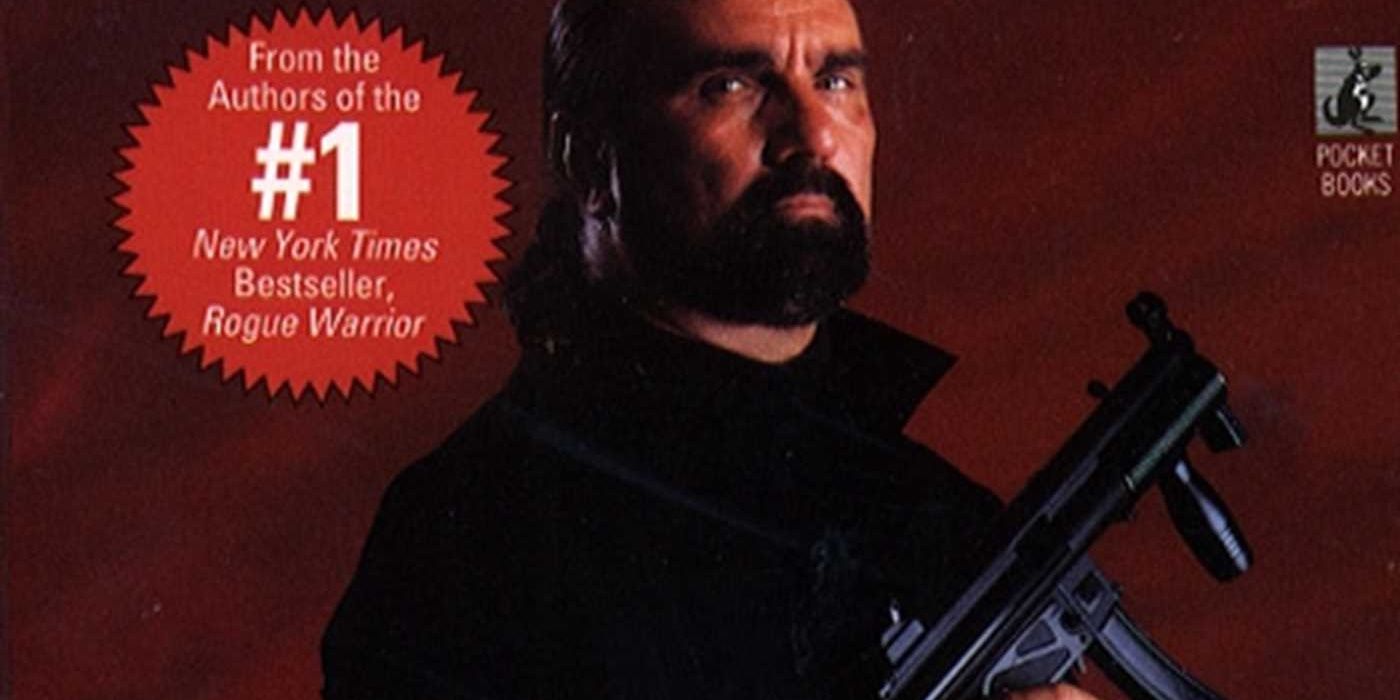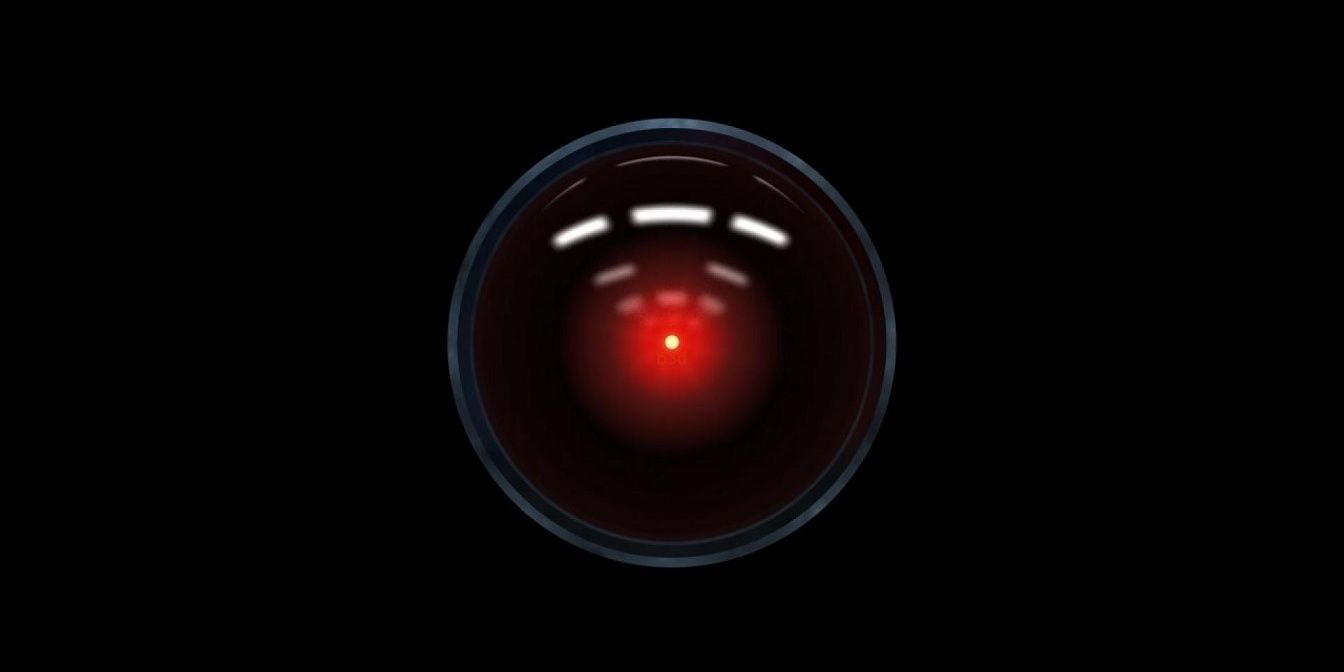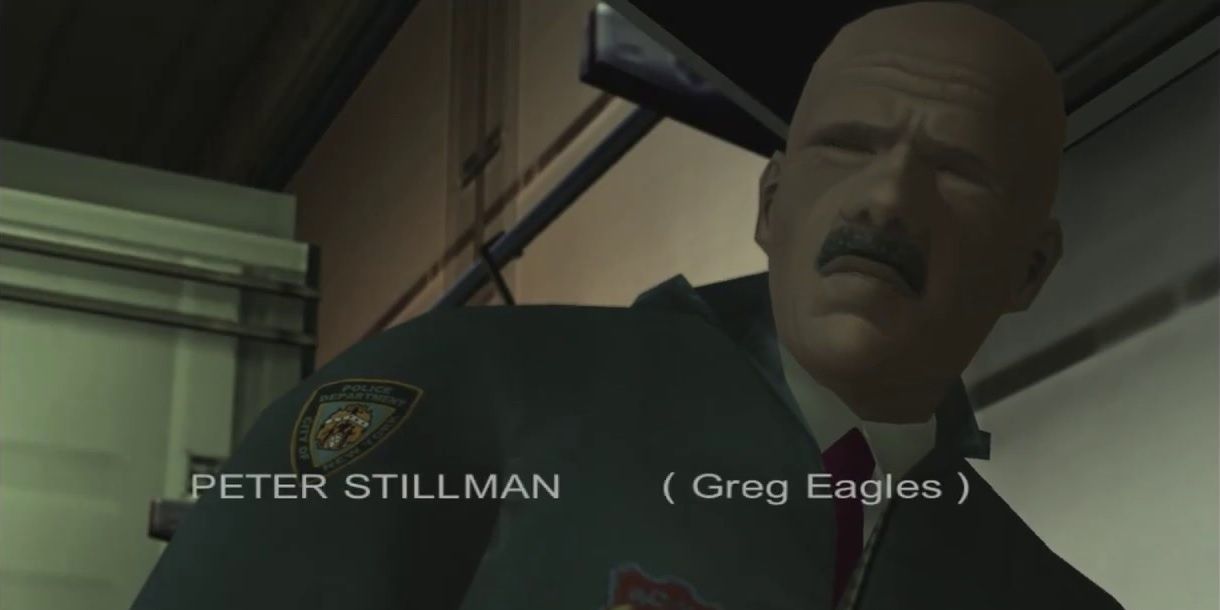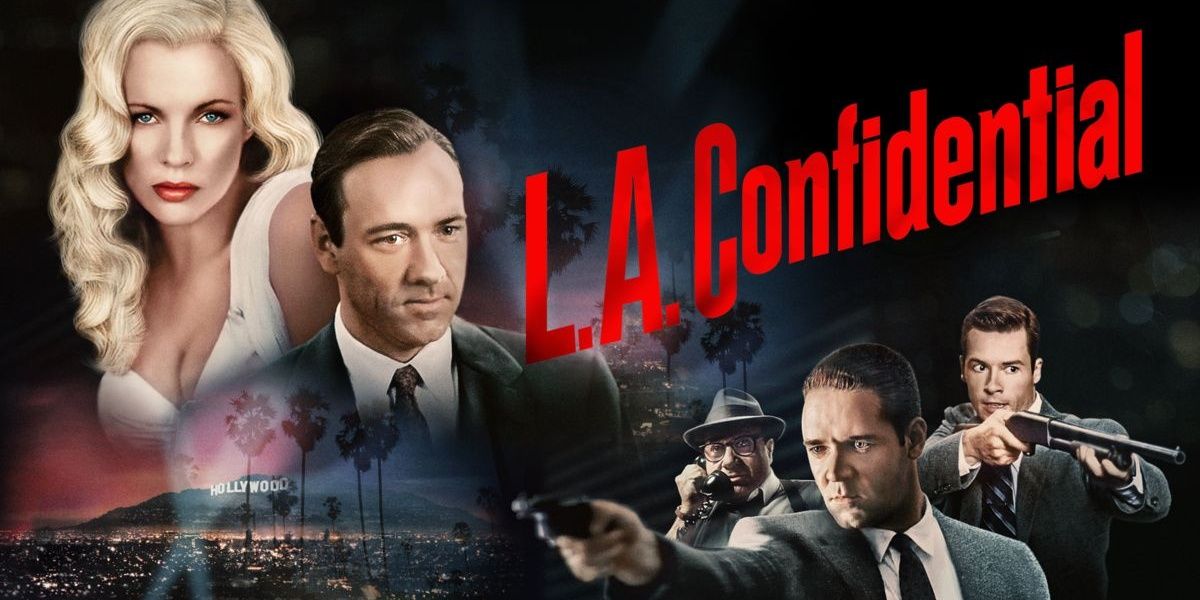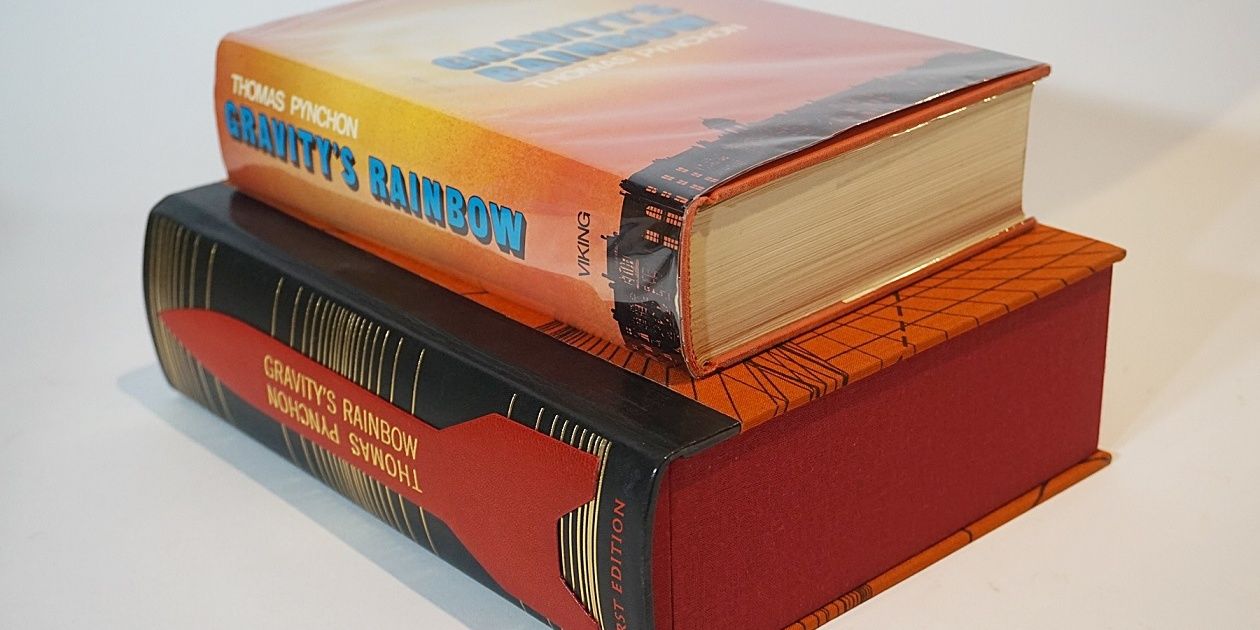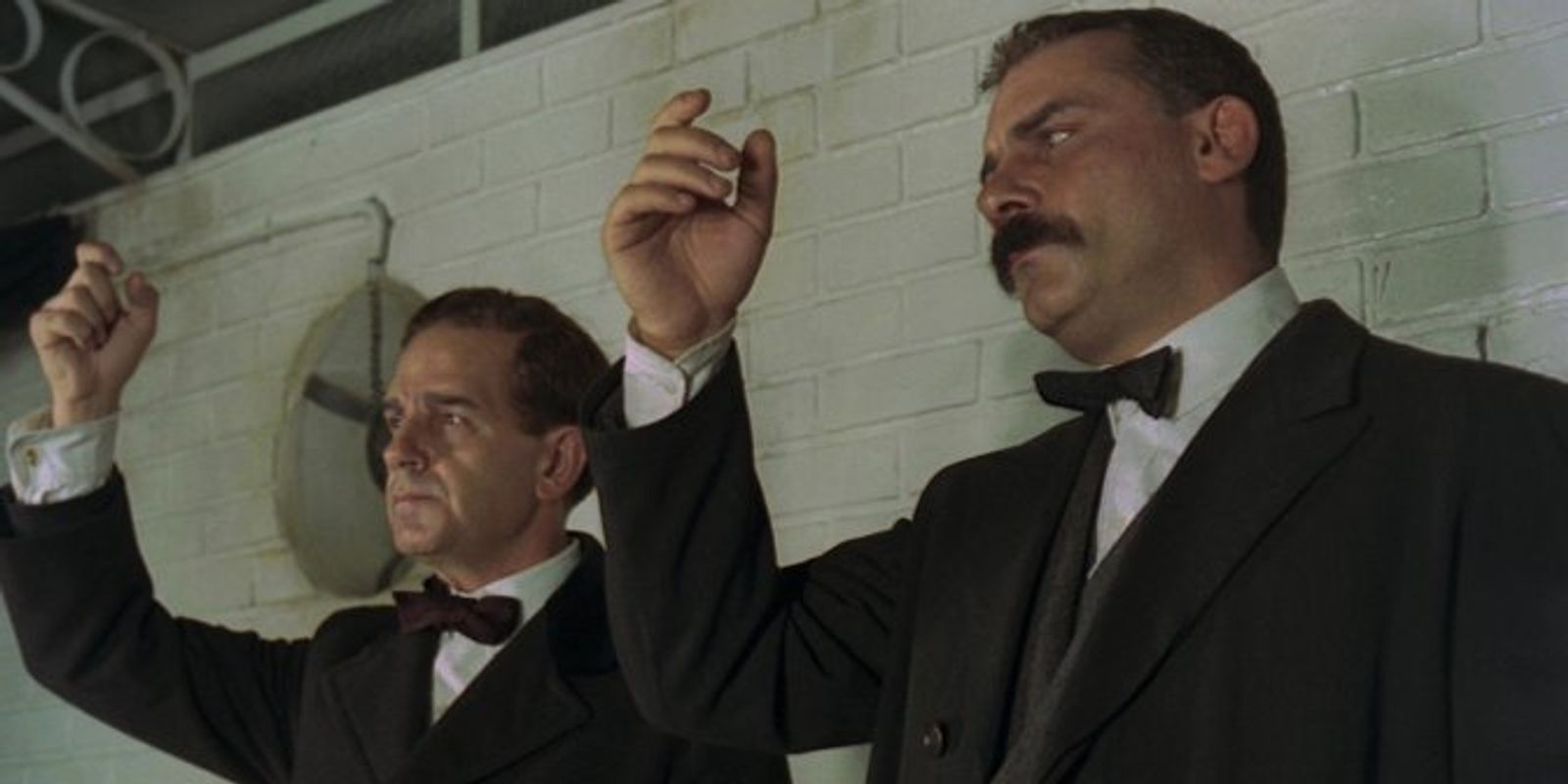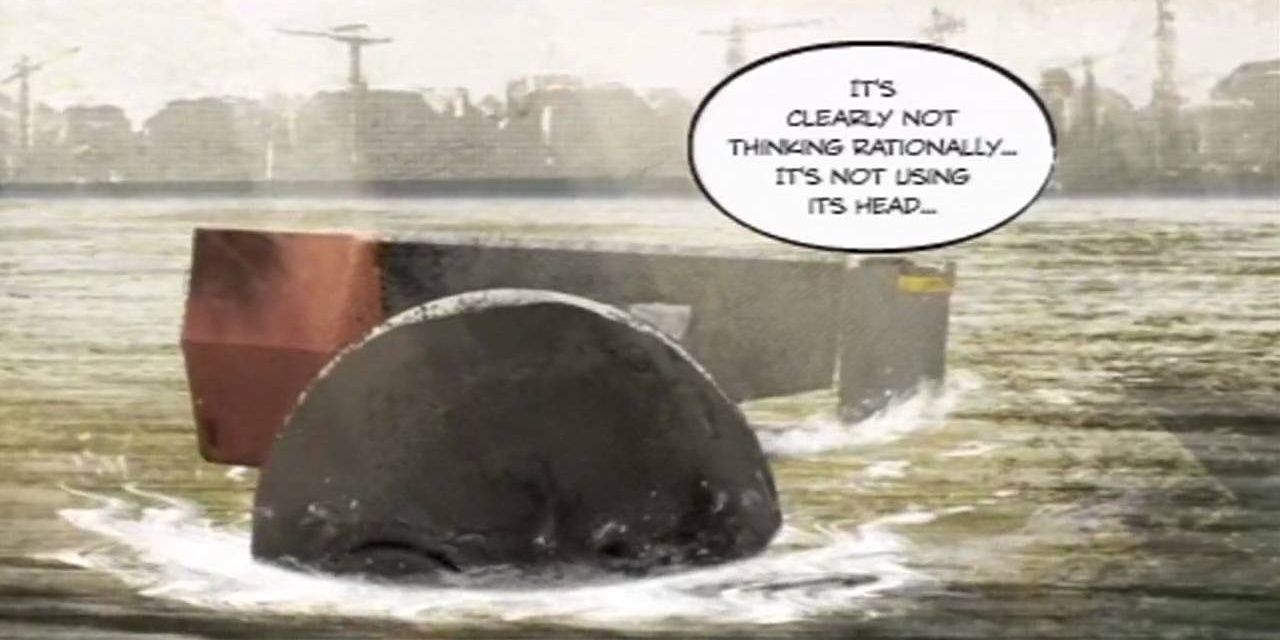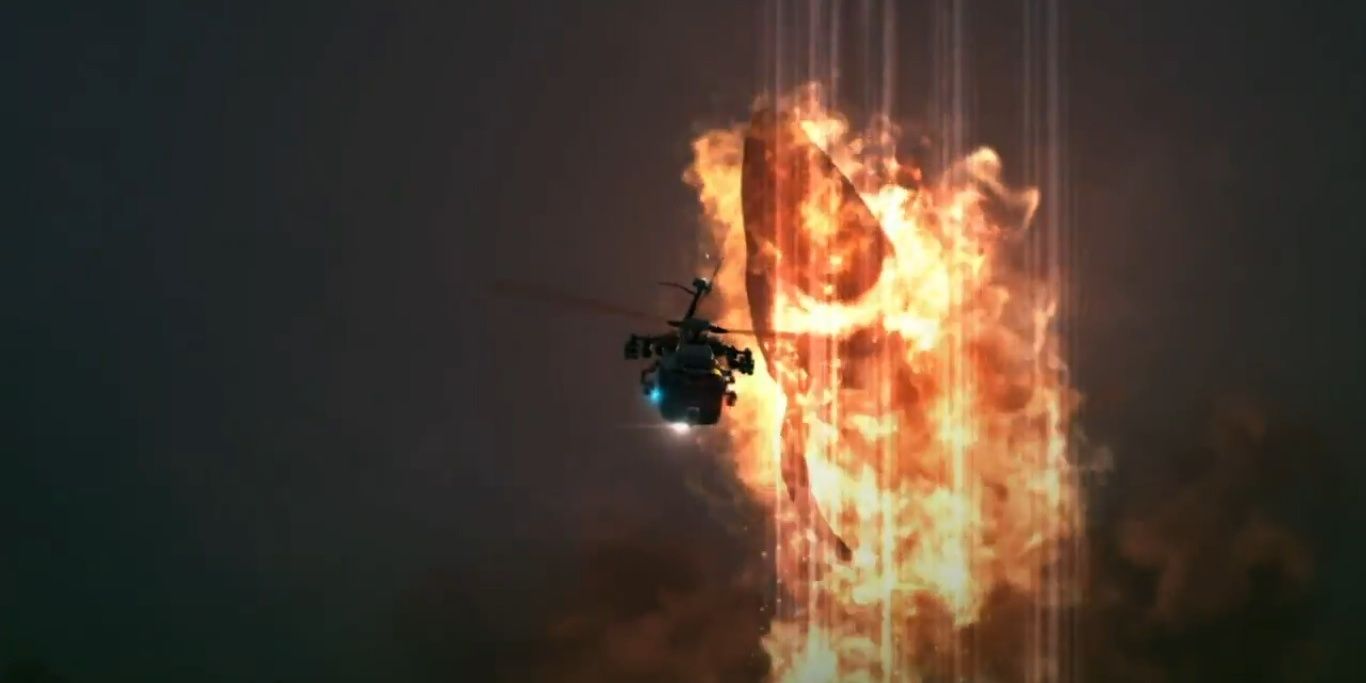As strange as Metal Gear gets, none of its touches came out of a vacuum. Series creator Hideo Kojima and the development team haven’t been shy about showcasing their inspirations, like the Bond-style intro tune for Metal Gear Solid 3: Snake Eater, Snake’s Rambo-inspired headband, and Metal Gear Solid 2 pairing a blond pretty boy called Jack with a woman called Rose a la Titanic.
However, some of its touches have been either really random or uncharacteristically obscure. It's as if the games were about whatever Kojima was watching or reading at the time of development. If players keep their eyes and ears open, they may find the oddest references in the Metal Gear series.
9 Ultravox
The original Metal Gear 2: Solid Snake never made it outside Japan or the MSX2. Most fans didn’t know what the game was like until it was included in the MGS3: Subsistence re-release. It changed the games copyright-infringing portraits, and changed the names of the Zanzibar Land bosses.
The Four Horseman, a group of soldiers Snake had to fight in an elevator, were originally called Ultra Box. This was a reference to the 1980s synth group Ultravox, one of Kojima’s favorite bands. Their song ‘Dancing with Tears in My Eyes’ would appear in MGS5, alongside lead singer Midge Ure’s version of ‘The Man Who Sold the World.’
8 Rogue Warrior
The dev team didn’t just throw in pop culture references for laughs. They also looked into actual military tech and events for inspiration. MGS2’s Arsenal Gear was inspired by the slightly less ridiculous Arsenal Ship US Navy project. The hovering platforms in MGS3 were actual experimental devices the Soviets tested at the time. The plots, while embellished, also show some influence from former Navy SEAL Richard Marcinko.
The devs and localizers used Marcinko’s memoirs and ‘Rogue Warrior’ novels among others to get their military jargon, units, and info just right. The most direct connection is Marcinko’s Red Cell unit, a group that tested the security of certain facilities with mock assaults, inspiring MGS2’s Dead Cell, which did the same thing prior to the game’s events.
7 2001: A Space Odyssey
It’s not surprising Kojima likes Stanley Kubrick’s space opera. The movie is a sci-fi masterpiece that’s weird and hard to understand, like many of the Metal Gear games. Still, the series never went to space beyond a few characters’ backstories. But there are a few references to the movie in the games. The submarine in MGS1 and MGS2’s Tanker are both called ‘Discovery,’ after the movie’s spaceship.
Hal ‘Otacon’ Emmerich was named after HAL 9000, the ship’s computer, by his parents Huey and Dr. Strangelove. When Solid Snake reveals his name is David in MGS1’s alternate ending, Hal vaguely brings this up and Snake makes a quip about it (“Maybe we should take a trip to Jupiter...”). That’s putting aside the series' own varying AI characters trying to control its human players.
6 City of Glass
The original plan for Raiden in MGS2 was that he’d have a whole support team. Daniel Quinn would run command instead of the Colonel, William ‘Doc’ Wilson would provide tech info, and Maxine ‘Max’ Work would save the game and quote Shakespeare. As per the final game, they’d all be revealed to be GW, the Patriots’ AI.
The clue to their true nature would have been in their names, as they’re all pen names for ‘the author’ in Paul Auster’s 1985 novel City of Glass, as multiple identities hiding one mind. It was a similarly postmodern exploration of identity and what’s real or unreal wrapped in a detective story. In the end, the only reference to City of Glass came in the bomb expert Peter Stillman, the name of two characters who weren’t ‘the author’ in the book. Maybe.
5 L.A. Confidential
This Hollywood murder mystery has more in common with L.A. Noire than MGS2. Kojima’s game was set decades after the 1940s, and had little mystery in it beyond figuring out its labyrinthine plot. While the pieces in the movie eventually fell together in a fairly understandable manner. One aspect of the film is that every key character lies at least once, covering up the truth until it’s peeled back layer by layer.
Kojima and his crew liked this idea and used it for MGS2. The intention was to give players a post-game item that would read the characters’ minds and reveal when they’re lying. This ultimately became the Snake’s/Raiden’s Thoughts Easter egg on the Codec screen. But the lies remain, and players had to sort them out themselves.
4 Gravity’s Rainbow
Kojima loves his Bond movies and Tom Clancy novels, but he also loves strange, mind-bending media. It wasn’t enough to have the world threatened by another WMD in MGS3, then chuck in a tuxedo and make gags about From Russia with Love (“What if we changed your codename to ‘Double-O-Snake’?”). The game would also take inspiration from Thomas Pynchon’s Cold War thriller Gravity’s Rainbow.
It was also about curiously named spies dealing with secret rocket technology, with a sadistic Colonel, a cowardly scientist, and a love interest with ulterior motives. That sounds straightforward, yet like Kojima’s work, it gets more convoluted, with references to Wagnerian opera and classic cinema. Still, Pynchon would become aware of the references, and would return the favor in his book Bleeding Edge (“...Metal Gear Solid by Hideo Kojima, or as he’s called in my crib, God.”)
3 Sacco & Vanzetti
Nicola Sacco and Bartolomeo Vanzetti were Italian immigrants who were executed for a crime they (likely) didn’t commit, with many saying they were killed for their anarchist beliefs than any actual crime. Their story would be made into a movie in 1971, scored by Ennio Morricone, and with the passionate ode ‘Here’s to You’ sung by Joan Baez at the end.
It was a moving story and a moving song. The tale of two innocent men dying for their beliefs initially inspired Kojima to give Solid Snake and Otacon the same fate in MGS4, complete with the song. The rest of Kojima Productions outright refused to go along with that idea, preferring the longer, happier ending in the final game. Still, he got to use the song for the game’s end credits, and the Joan Baez original in MGS5: Ground Zeroes.
2 The Carpenters
It’s said that young children remember things better when they’re sung than spoken. They’ll remember the tune, then the message. Plus, they’re much more fun than just reading and writing the same old text. That's why Disney is full of memorable songs, and how Sesame Street has been teaching kids numbers and letters since 1969.
At least, that’s the thinking behind why ‘Sing’ by The Carpenters made it into MGS: Peace Walker. It was a Joe Raposo that song the pop duo covered for the Jim Henson classic in 1974. In lore, Dr. Strangelove listened to it often while working on the Peace Walker AI. As a result, it would trill variations of the tune during all its forms (Pupa, Chrysalis, etc.) before going through it in full at the end.
1 Moby Dick
This one’s a little more obvious, and it’s possible that Herman Melville’s novel would have been woven into the narrative more finely if MGS5: The Phantom Pain had smoother development. The game is a tale about revenge and its pitfalls, as was Moby Dick. So, why not have Venom Snake’s mysterious helper be called ‘Ishmael’? How about his helicopter pilot going from being called Morpho in Ground Zeroes to ‘Pequod’, the book’s narrator, in Phantom Pain?
Another uses the name ‘Queequeg’ after a Native American character in the book (as opposed to Phantom Pain’s own Navajo character in Code Talker). Kazuhira Miller also gets obsessed with revenge after losing his limbs a la Captain Ahab. Then the publicity stunt over Phantom Pain being a separate game made by Moby Dick Studios was as subtle as a giant flaming whale.

